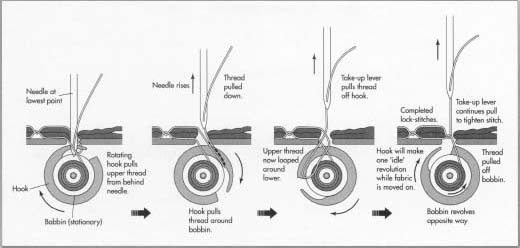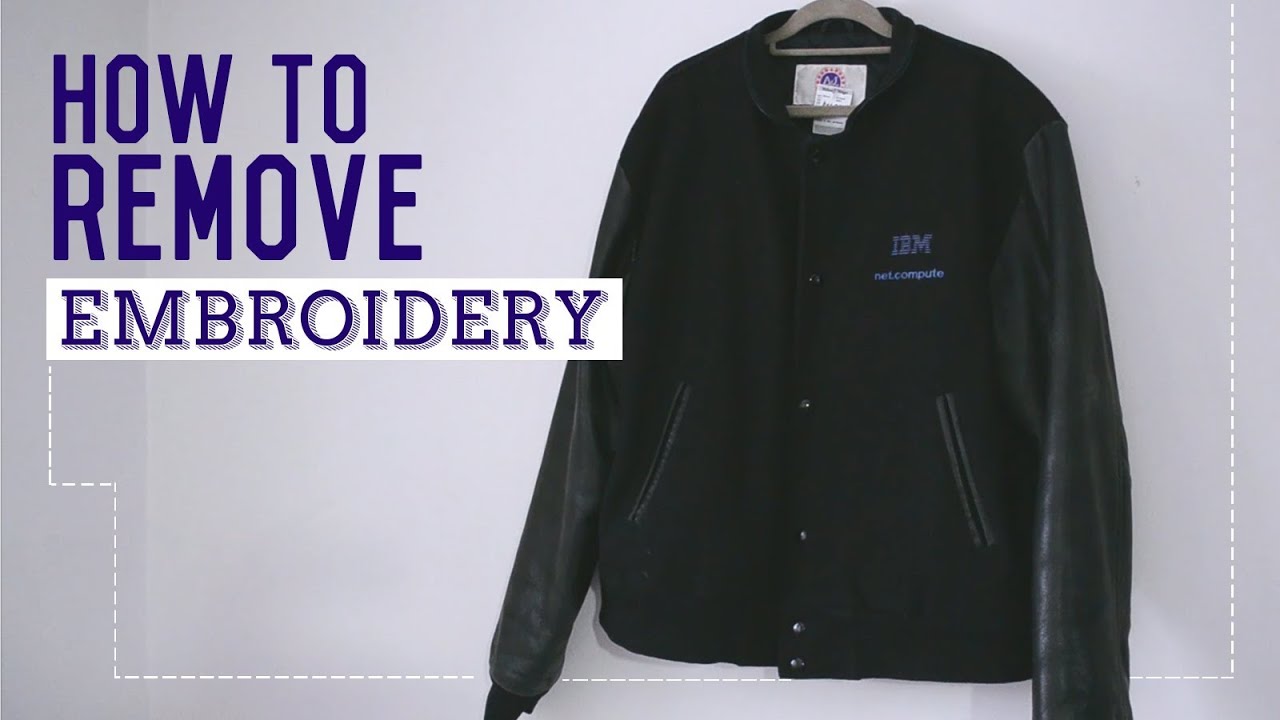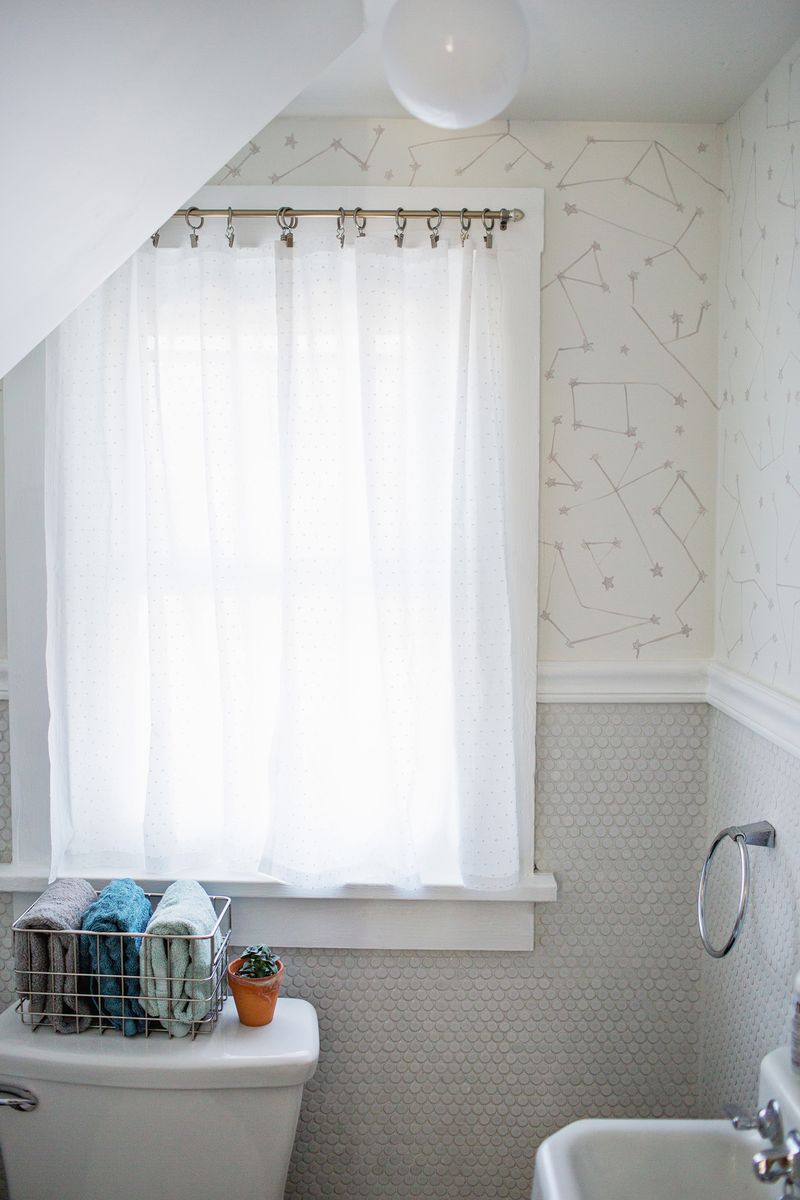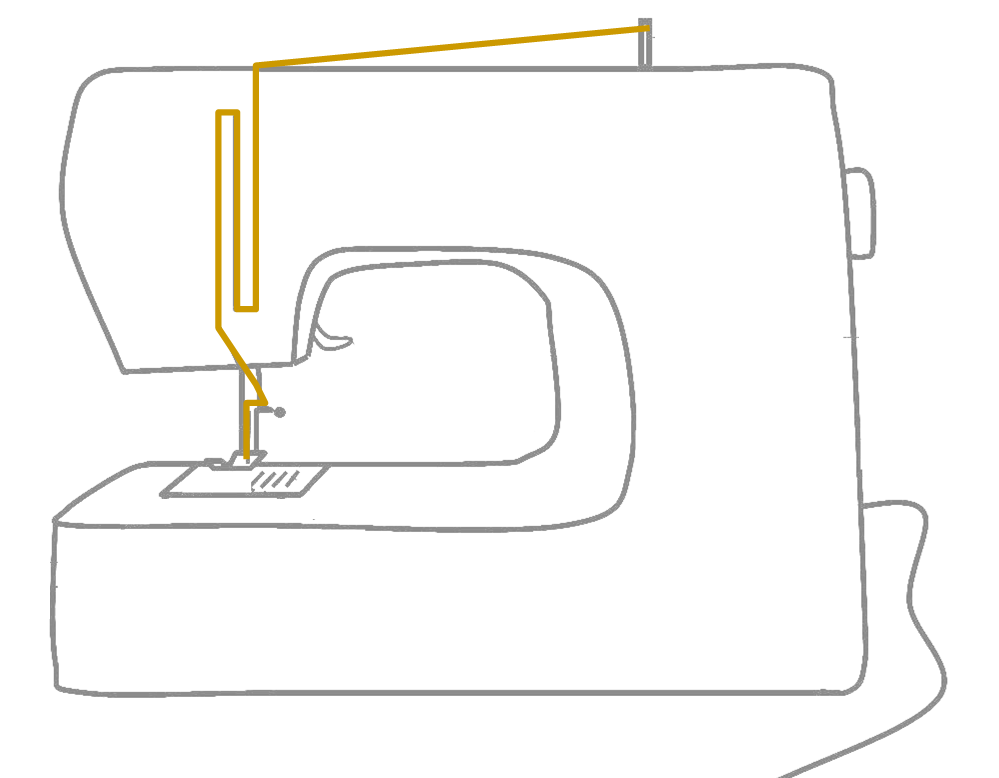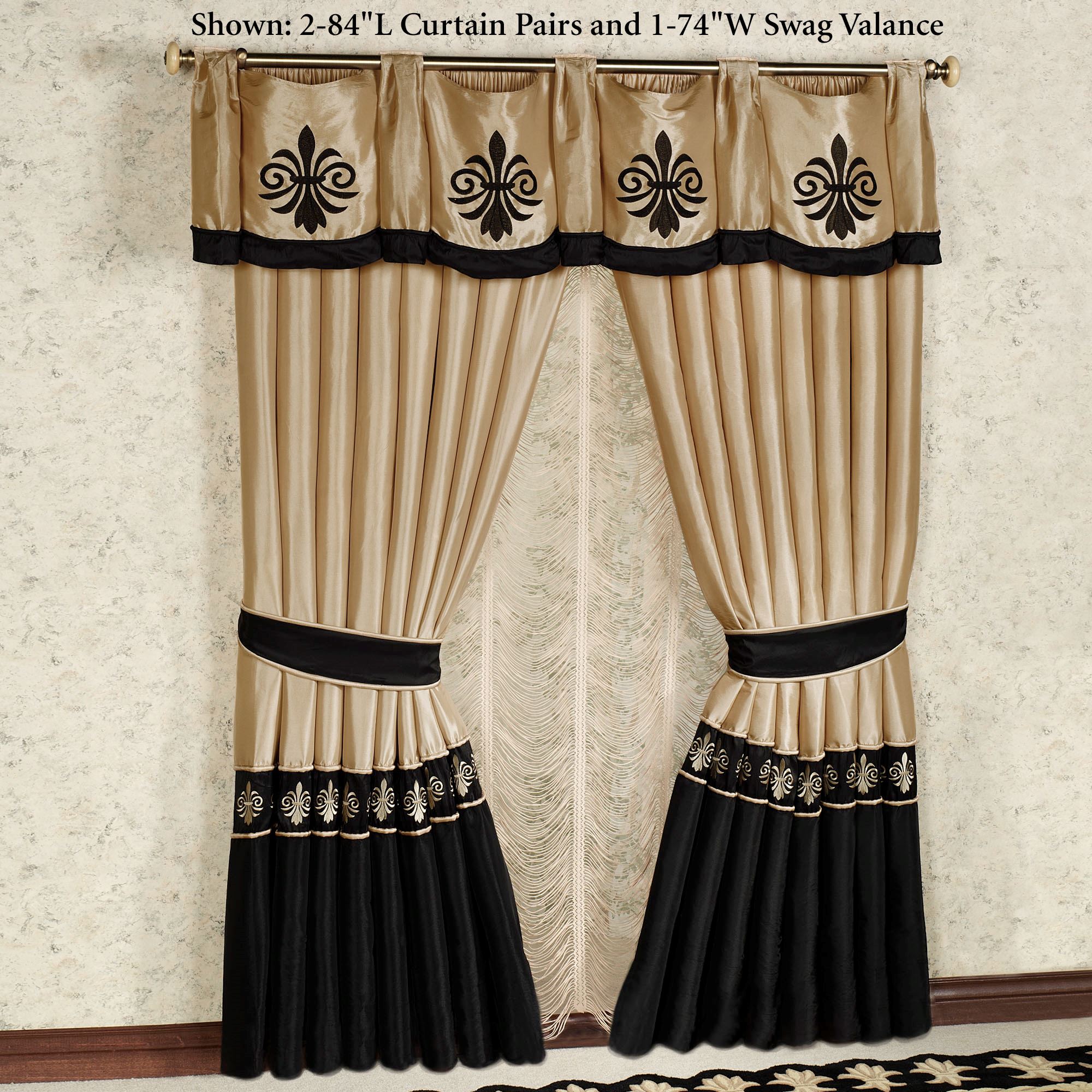With a sewing machine, you can repair and alter clothing and make new and fashionable, personal designs. These machines also make it simple to make home décor such as drapes, pillows and table linens.
People who generally sew by hand will find that they can do the same tasks a lot faster on a sewing machine, plus it also makes much more durable and professional seams.
It can seem to be an overwhelming task to learn to use a sewing machine, but separating this process into smaller activities can make it a lot easier. The first step to take is to read the manual that came with your machine. Even though most sewing machines are similar, each model is just a bit different. Once you learn how to use your machine, you can learn stitching techniques that are more complex.
Basic Operation of a Sewing Machine
Once you have read the owner’s manual and learned how to thread the machine and install the bobbin, turn the balance wheel to raise and lower the needle manually. Pull the end of the bobbin thread when it appears from the bobbin cavity, and set it on top of the throat plate.
Make sure the presser foot and needle are in the raised position. You can use a scrap piece of fabric to practice making stitches. Put the fabric on the throat plate. Most of the material should be left off of the machine. Line up the edges of the fabric with the hemline guide that is marked on the throat plate. These markings are set to regular hem widths. Secure the fabric in place by lowering the presser foot.
Choose the basic straight stitch if your machine has multiple settings. Depress the foot pedal or knee switch gradually, and guild the fabric slowing underneath the needle with one had as the machine starts to sew. Use your other hand to tug the loose thread gently so it doesn’t get tangled in the fabric. The material will be moved from the front of the machine to the rear by the feed dogs. Use enough pressure to keep the fabric straight. Be sure not to pass your fingers under the needle.
Raise the presser foot once the stitches are complete. Ensure that the needle is in the raised position, and then take the fabric out from the machine. Cut the thread close to the material. if the machine has made interlocking stitches, it has been threaded correctly. After you are comfortable making a straight ¼ inch seam, it is now time to experiment with stitch patterns which are more complex.
Hand sewing is alright for a fast repair, however it is generally not practical for larger projects like throw pillows, clothing and bed linen. These larger projects need a sewing machine. You can repair or alter clothing, plus make new items efficiently with a sewing machine. You’ll be able to make intricate designs with confidence with a bit of practice, and wonder how you ever did without a sewing machine.
